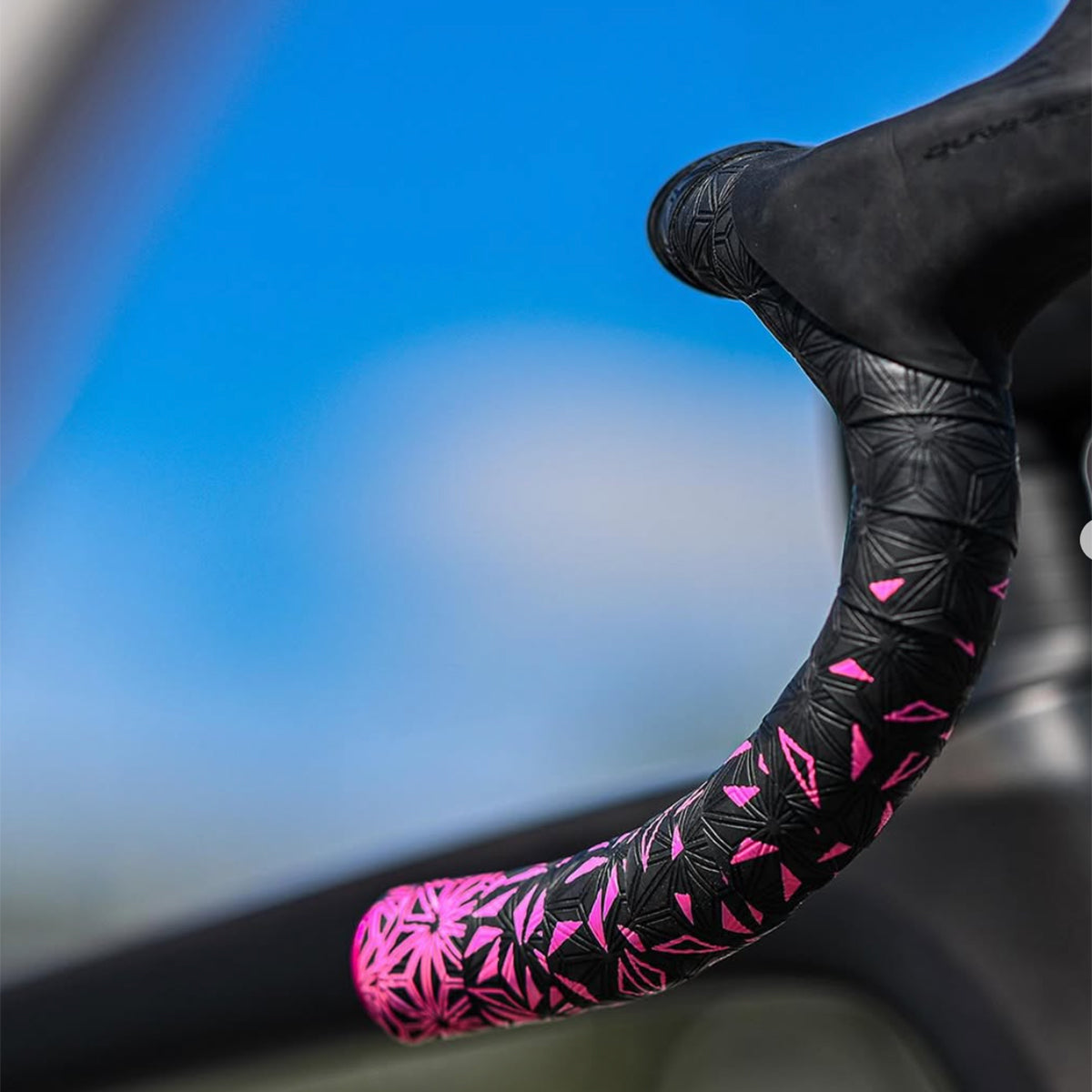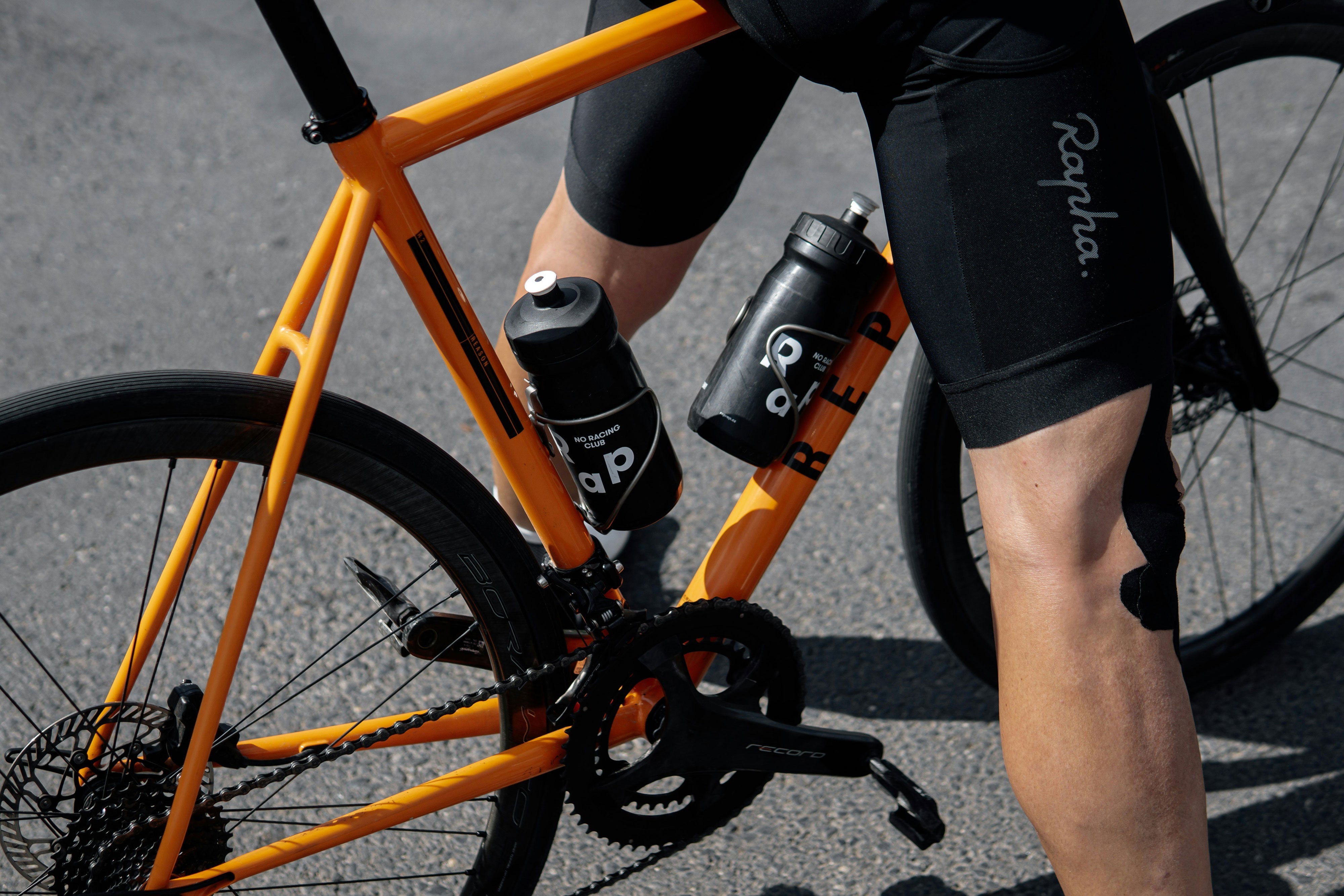A road bicycle frame is the primary structural component of a bicycle, providing the foundation for all the other components such as wheels, handlebars, and drivetrain. The frame is designed to balance multiple factors such as strength, weight, stiffness, aerodynamics, comfort, and durability. It serves as the core of the bike, and its materials, geometry, and design directly affect the bike’s performance, handling, and rider comfort.
This summary explores the different types of bicycle frames, materials used, frame geometry, and how various design elements impact the overall riding experience.
1. Frame Materials
The choice of material used in the frame construction has a significant impact on weight, stiffness, strength, cost, and ride quality. Historically, steel was the material of choice, but over the years, many alternatives have emerged.
Steel: Steel was the original material used for road bike frames. It is known for its durability, relatively low cost, and a natural "lively" feel due to its resilience. Modern steel frames are usually made of alloys like Chromoly, which are lighter and stronger than traditional high-tensile steel. Steel frames are popular in long-distance and touring bikes because they offer a smooth and comfortable ride, especially over rough terrain.
Aluminum: Aluminum is a lightweight and relatively inexpensive material, which made it a popular choice in the 1980s and 1990s for road bikes. Aluminum frames are stiffer than steel, which improves power transfer, but they can provide a harsher ride. The advancements in aluminum alloy technology have resulted in lighter, stronger, and more responsive frames, making them popular among competitive cyclists.
Carbon Fiber: Carbon fiber is currently the most popular material for high-performance road bike frames due to its exceptional strength-to-weight ratio. It is lighter than aluminum and steel and offers superior stiffness, which maximizes pedaling efficiency. Carbon frames can be designed with varying stiffness in different parts of the frame to optimize comfort and performance. They also have excellent vibration-dampening properties, which help reduce road fatigue. Carbon fiber frames, however, can be expensive and, although strong, are more prone to damage from impacts compared to aluminum or steel.
Titanium: Titanium offers a unique combination of strength, light weight, and durability, as well as a smooth ride quality. It is resistant to corrosion and fatigue, making it a popular choice for luxury and custom-built road bikes. Titanium frames are more expensive than steel or aluminum, and while they offer good performance, they don’t offer the same stiffness as carbon fiber, making them better suited to riders looking for comfort and long-term durability.
Other Materials: There are some niche materials used in bicycle frames, such as magnesium and bamboo. Magnesium is light and stiff, but it’s not as common due to its tendency to corrode. Bamboo, while offering a unique aesthetic and a natural, flexible ride, is rarely used due to its relative fragility and difficulty in manufacturing consistent frames.
2. Frame Geometry
Frame geometry refers to the specific measurements and angles that define the shape and proportions of the bike frame. Geometry plays a significant role in how the bike handles, rides, and fits the rider. Road bike frames are typically divided into two main categories based on their geometry: race geometry and endurance geometry.
Race Geometry: These frames are designed for speed and responsiveness. They tend to have a shorter wheelbase, steeper angles, and a lower bottom bracket height, which provide quick handling, efficient power transfer, and aerodynamics. However, they can be less comfortable for long rides, as they often result in a more aggressive riding position.
Endurance Geometry: Endurance bikes have a more relaxed frame geometry, which places the rider in a slightly more upright position. These bikes have a longer wheelbase, slacker angles, and a higher bottom bracket, which help to reduce fatigue on long rides by offering better stability, comfort, and a more forgiving ride. Endurance bikes are ideal for long-distance cycling and touring.
Custom Geometry: Many high-end road bike manufacturers offer custom geometry options, where cyclists can specify frame measurements based on their body dimensions and riding style. Custom-built bikes offer a perfect fit, which can greatly enhance comfort and performance.
3. Design Features
Beyond material and geometry, there are several design elements that influence the frame's performance and functionality.
Aerodynamics: Aero frames are designed with the intention of reducing air resistance, a key factor for competitive cyclists and time trialists. These frames often feature tube shapes that are more elliptical or teardrop-shaped to allow air to flow more smoothly around the bike. Aero road bikes are stiffer, but their geometry is often more aggressive, and they tend to prioritize speed over comfort.
Integration: Modern road bike frames have become increasingly integrated with other components. This means that the frame and components such as the handlebars, seatpost, and brakes are designed to work together in a way that improves aerodynamics, weight, and aesthetics. For example, integrated brake systems, hidden cables, and internal routing can reduce drag and improve the overall look of the bike.
Disc Brakes vs. Rim Brakes: While rim brakes were once the standard on road bikes, disc brakes have become more common due to their improved stopping power, especially in wet or hilly conditions. Disc brake frames must be designed with additional mounts for calipers and a through-axle system, which may affect the frame’s stiffness and weight distribution. On the other hand, rim brake frames are typically lighter, simpler, and more aerodynamic.
Through-Axles and Quick Release: The through-axle system has gained popularity as it provides a more secure and stable wheel attachment, which is particularly important for disc brake bikes. Through-axles offer increased stiffness and improved handling, especially during hard cornering. Quick-release skewers, which are common in older road bikes, allow for faster wheel removal but may not offer the same level of rigidity and security.
Vertical Compliance: Many modern road frames are designed with vertical compliance in mind. This refers to the frame’s ability to absorb vertical shocks from rough terrain or long-distance riding. Designers often tweak the frame’s design (like ovalizing the seatstays or using specific materials) to improve comfort while still maintaining lateral stiffness for efficient power transfer.
4. Frame Sizes and Fit
Proper frame sizing is crucial for comfort, efficiency, and injury prevention. Bike manufacturers offer a wide range of sizes, and they usually measure frame size based on the length of the seat tube, which is often expressed in centimeters. However, sizing can vary across brands, and it is crucial to ensure that the bike fits the rider’s body proportions. Custom fits and adjustable components like stem lengths, handlebar widths, and saddle position can further optimize fit.
Rider fit is key to optimizing performance and comfort. A bike that is too small or too large can result in inefficient pedaling, discomfort, and potential injuries.
Conclusion
In summary, a road bike frame is a complex and highly engineered component that plays a crucial role in the bike’s performance, comfort, and durability. The choice of material—whether steel, aluminum, carbon fiber, or titanium—affects the frame’s weight, ride quality, and cost. Frame geometry, which varies between race and endurance bikes, determines how the bike handles and fits the rider. Additionally, modern road bike frames incorporate various design features such as aerodynamics, integration, and brake types to meet specific rider needs.
A proper fit, based on geometry and size, is essential for maximizing performance and preventing injury. As cycling technology continues to evolve, road bicycle frames will keep pushing the boundaries of lightness, strength, and performance, allowing cyclists to experience faster, more efficient, and more comfortable rides.







Leave a comment
This site is protected by hCaptcha and the hCaptcha Privacy Policy and Terms of Service apply.